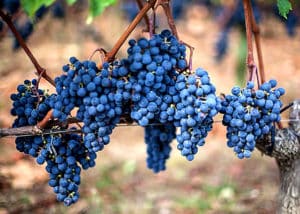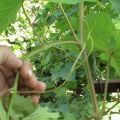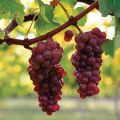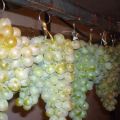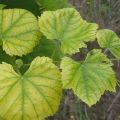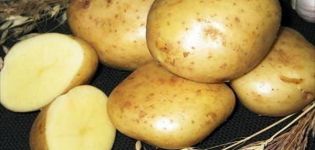Description of the Spanish grape variety Tempranillo, characteristics of yield and frost resistance
The very Spanish name of the Tempranillo grape variety indicates early ripening, tempranillo can be translated from Spanish as "early". Its widest distribution is in the Iberian Peninsula. In Portugal, a red grape with characteristic fruity notes is known as Tinta Roriz, which sounds like Tinto Roros.
Description of the variety
The blue Tempranillo berries are the raw material for fine wines and ports. At the time of ripening, the cylindrical, narrowed in the lower part of the bunches appear gray due to the matte bloom covering the rounded berries. Their color under a whitish bloom is dark purple. There is also a variety of this grape with yellow fruits.
For Tempranillo, Spain is the homeland, here it has been cultivated since the 13th century. The good adaptability of the variety has allowed wine growers from the USA, Australia and Argentina to grow the grape in their climatic conditions.
Variety characteristics
The variety is self-sufficient, flowers of both sexes appear on it, which is necessary for self-pollination. The vine is strong, hardy - up to 25 eyes on each of twenty 7-meter shoots. The leaves are large with a deep dissection, clear outlines.
During the season, up to 5 kg of berries ripen on one bush. They fit tightly to each other, forming an almost symmetrical cone-shaped cluster.
Characteristics of berries:
- weight - 8 g ± 1 g;
- length - 17 mm ± 1 mm;
- the pulp is juicy, transparent;
- the skin is thin, dense;
- the weight of the bunch reaches 600 g.
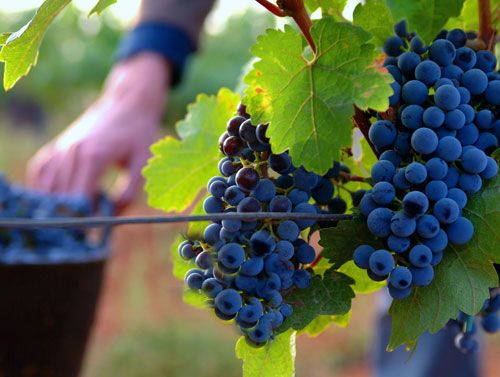
The future taste of wine depends on the choice of climatic conditions in which the Tempranillo harvest ripens. The grape skin is responsible for the saturation of the drink with color - the thin one gives only a shade, and the thick dense shell of the berry can really color the drink.
The acidity of the berries directly depends on the weather in the area where the harvest ripened. The higher the temperature and the brighter the sun over the vineyard, the lower the acidity. Choosing a lowland for planting vines, the grower predicts future yields at low acidity.
The highest acid content is observed in vineyards located on rocky gentle slopes.
Advantages and disadvantages of the variety
The disadvantage of the variety for Russian winegrowers is that climatic conditions affect the palatability. From raw materials grown in Russia, wine is obtained with a weakly expressed bouquet.
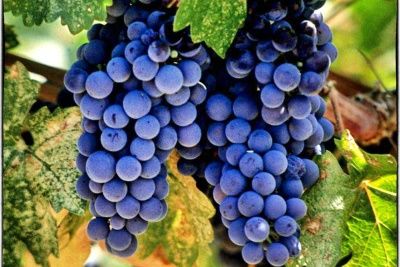
High adaptive ability to soil and climate gives hope that in central Russia this grape variety will be able to produce yields with high tasting characteristics.
The berries of this grape variety contain many beneficial substances for human health, but not everyone can eat them - too acidic fruits, the astringent effect that tannin gives.
In rainy seasons, unlike other varieties, the flowers and berries on the Tempranillo bushes hold tightly and do not fall off. But even in favorable conditions, the ripening of the crop is observed no higher than 85%, which largely depends on the density of the berries in the bunches.
Growing features
The best taste is noted in the grapes of this variety, grown on a slope, towering 700 meters above sea level. Here the grapes receive the maximum possible sunlight. Due to daily changes in air temperature, a balance of sugars and acids is ensured.
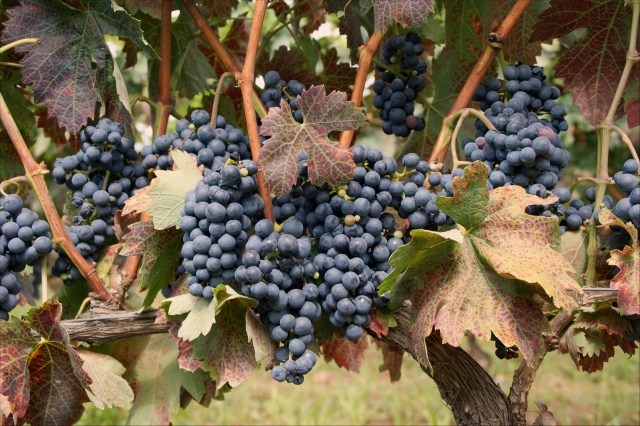
The best place for Tempranillo is Ribera del Duero, where temperature fluctuations: 40 ° C during the day, and at night the mercury thermometer stops at 16 ° C. Tempranillo is currently the only grape crop capable of growing and producing excellent yields in such difficult conditions.
The best conditions for growing a wine variety are fertile soil rich in lime, which is also not typical for many grape varieties. When caring for a bush, you need to use organic fertilizers and fertilizing extremely carefully, the grapes of this variety are extremely sensitive to them. Planting of seedlings in the Krasnodar Territory, Mordovia, Dagestan is carried out in the second half of May, when there can be no strong cold snaps even at night. The bush reaches the maximum yield in the 3-4th year after planting.
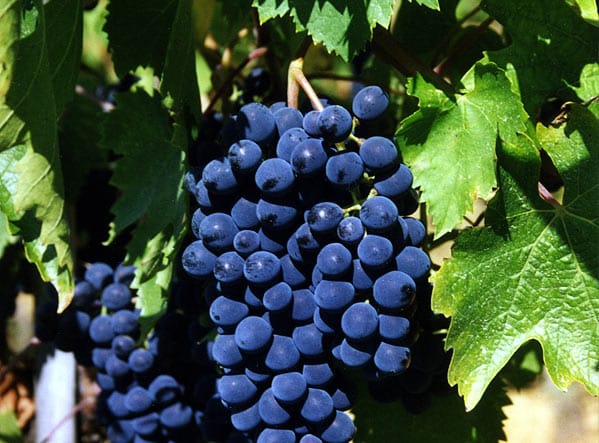
Care
The Tempranillo grape bush, capricious to the conditions, requires careful maintenance, which is expressed in:
- installation of supports;
- the need to shelter culture for the winter period;
- threefold prophylaxis against pests per season;
- pruning;
- crown formation;
- soil drainage;
- ensuring regular hydration;
- mulching rows.
When choosing a place for planting, the following features of the variety should be taken into account - Tempranillo is afraid of drought, winds, frost.

Vine formation
The crown is formed once per calendar year. Pruning in spring involves removing 80% of last year's growth, up to the 6-8th eye. Only healthy, strong bushes should be pruned.
Top dressing
One-component and combined preparations are suitable for feeding the vine:
- "Aquarin";
- ammonium nitrate;
- potassium salt;
- "Kemira";
- Novofert;
- "Solution";
- superphosphate;
- Florovit.
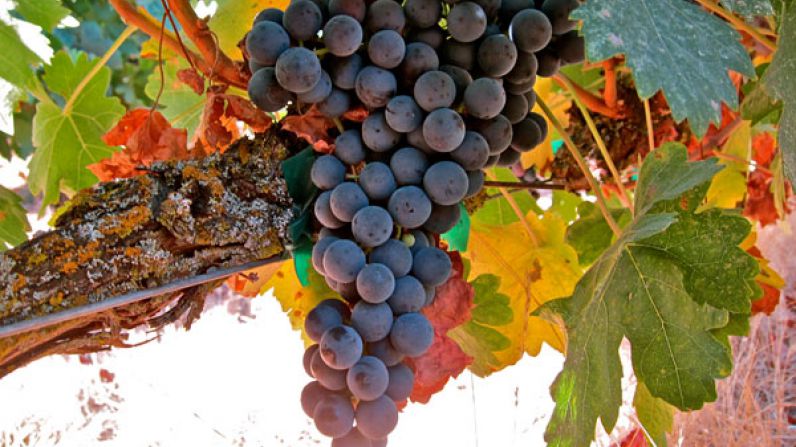
Due to the peculiarities of the variety, combined fertilizers, where organic matter is present in the composition, it is better to avoid. You can determine the need for a plant for a particular mineral by analyzing the soil on which it grows.
Protection against diseases and pests
Fungicides are the main preventive tool that can defeat the impending threat to the elite grape variety at the initial stage of development.
Processing scheme:
- During the period of swelling of the kidneys, a remedy for the fungus oidium and red grape mite is needed.
- When 4-5 leaves appear, prevention of mildew and gray rot is carried out.
- At the stage of opening the buds, it is necessary to re-treat the oidium and all types of tree and fruit mites.
- In the process of pouring berries, a preventive treatment is carried out with a systematizing fungicide.
- At the stage of compaction of bunches, treatment with a remedy for all types of rot is required.
By adhering to this preventive treatment schedule, serious diseases caused by fungi and pests will be avoided.
